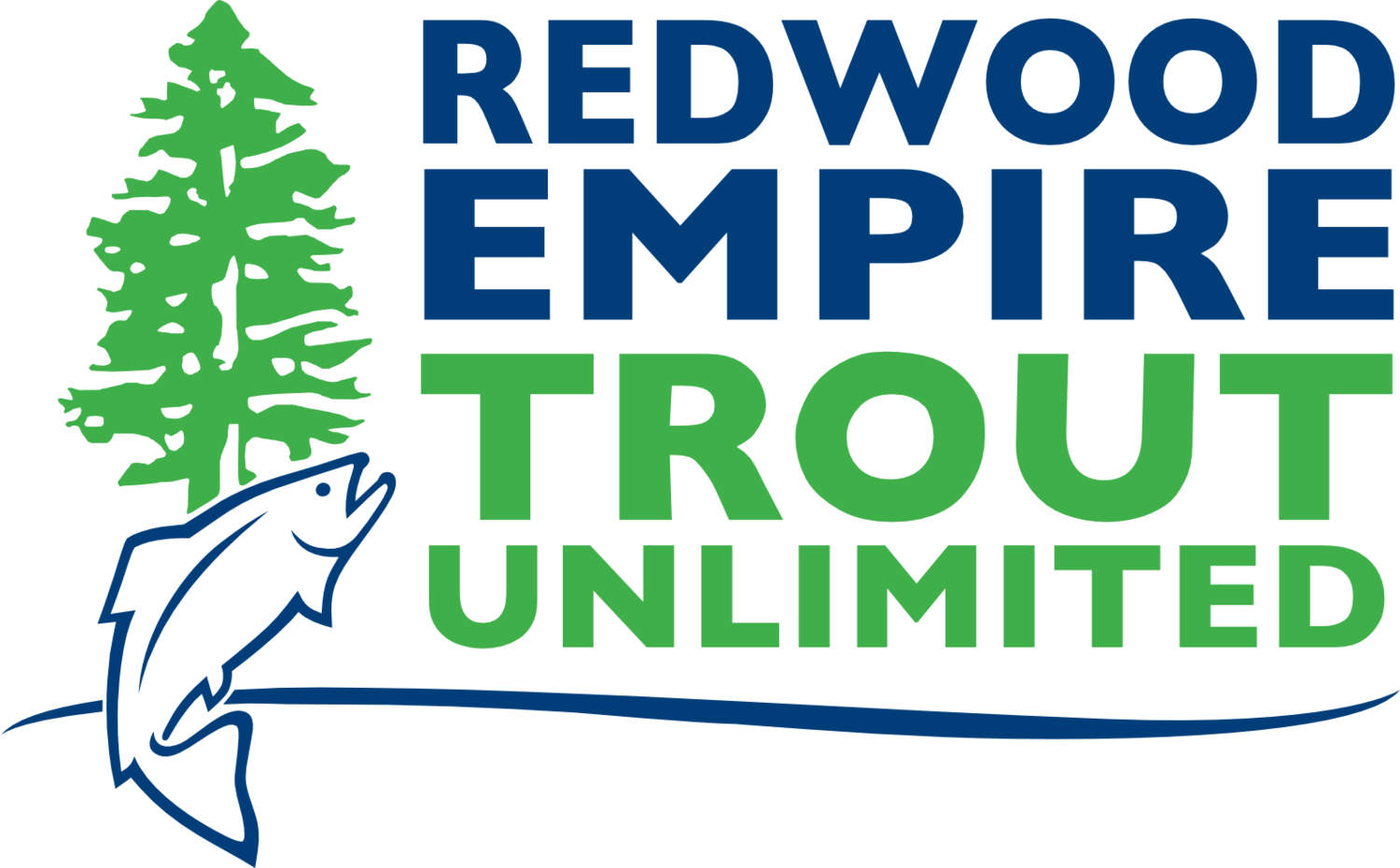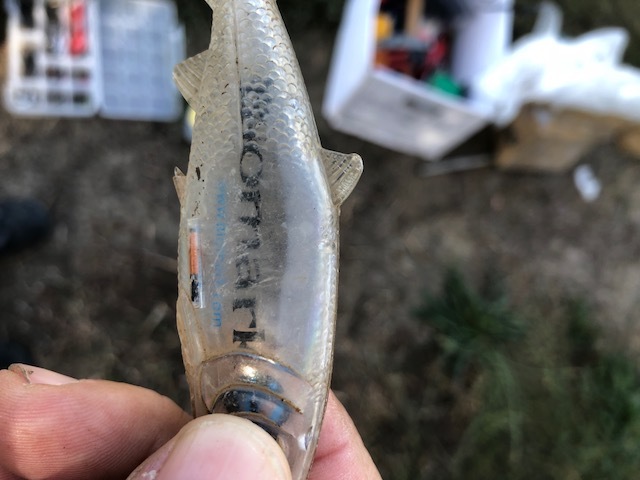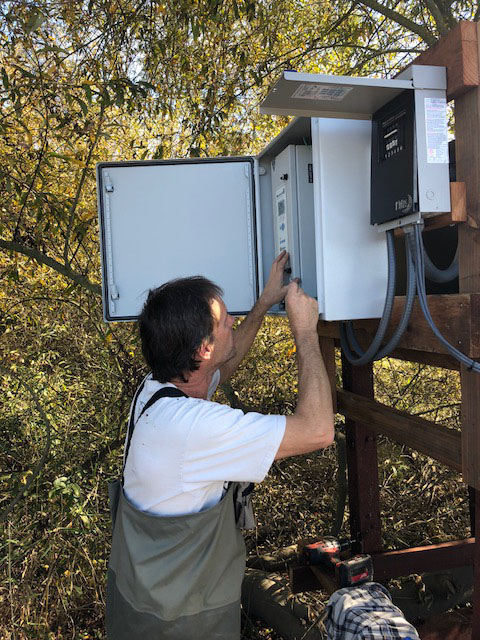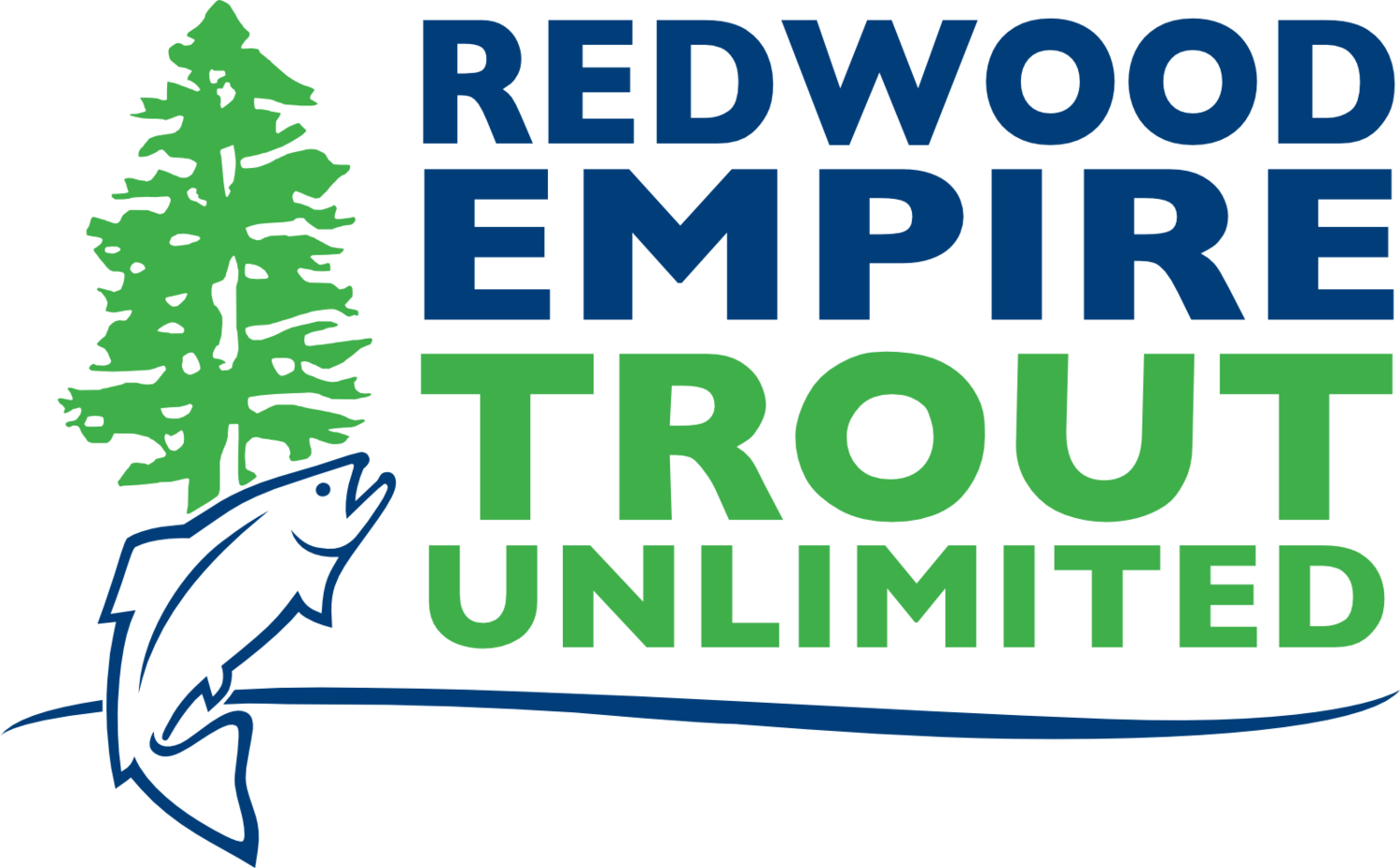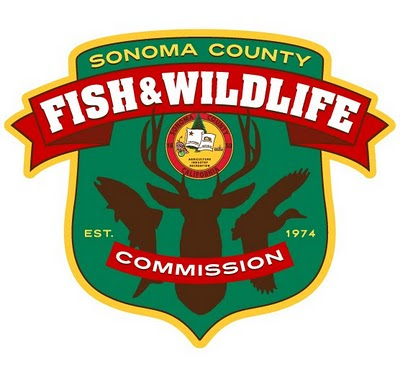Laguna de Santa Rosa PIT Tag Monitoring Project
Redwood Empire Trout Unlimited is conducting a wet season PIT tag survey in the central Laguna de Santa Rosa to determine if endangered coho salmon are utilizing potentially high-quality habitat in the Laguna.
The Laguna de Santa Rosa is not the type of waterway that people typically picture when they think about salmon habitat. In the summer, much of it is dry and the wetted portions do not provide the cold, well oxygenated water that salmon need. But in the winter, as flows increase, the Laguna floods, spreading out over the western Santa Rosa Plain. This floodplain provides two things coho salmon and steelhead need, refuge from high flows, and abundant food resources. Complex off-channel habitat is vital for coho survival, and habitat that also allows for foraging may be especially advantageous. These types of habitat are lacking in the Russian River watershed.
Historically, the Laguna de Santa Rosa was a wetland complex fed by numerous streams that supported perennial and seasonal lakes and wetlands. This wetland complex has been drastically reduced in area over the past 150 years through conversion to agriculture and other uses, and by extensive sedimentation; however, large portions of the Laguna still flood seasonally and have the potential to be used by coho and steelhead.
RETU installed and maintained a PIT tag antenna array during the winters of 2018/19 and will continue for 2019/20 to determine if tagged coho released by the Russian River Captive Broodstock Program are entering the Laguna. PIT tags, or passive integrate transponders are about the size of a grain of rice. Typically, 15% of hatchery coho are implanted with these tags prior to release. A network of antennas managed by the California Sea Grant Russian River Salmon and Steelhead Monitoring Program and Sonoma Water allow fisheries biologist to track coho movement throughout the lower Russian River watershed. RETUs efforts during the winter of 2018/19 have shown, for the first time, that coho are entering the Laguna.
Coho salmon require specific habitat types at different life stages for optimal growth and survival. Adult coho return from the Pacific Ocean to their natal freshwater streams to spawn during the late fall or early winter each year. Their eggs hatch in the late winter or early spring, and juvenile coho remain to rear in tributary streams, inhabiting deep, cool pools through the summer months. Out-migration from freshwater streams to the sea occurs the following spring. As they prepare for out-migration during their first winter, coho are highly mobile, seeking low-velocity habitats where invertebrate production is high, providing abundant food. Coho, in general, prefer calmer water than other salmonid species and are often found in side channels, backwaters and other areas with slow current.
By understanding if, when, and how many coho are using the Laguna, RETU will help to inform management and habitat restoration activities that support salmonids in the Laguna and fill a data gap in the Russian River watershed.
Special thanks to the Rose Foundation and Sonoma County Fish and Wildlife Commission for their financial support of this work and to the California Sea Grant Russian River Salmon and Steelhead Monitoring Program for their expertise and technical support. Thanks as well to the members and volunteers of Trout Unlimited who have contributed brains, brawn and dollars to this effort!
How you can help:
Donate: Give Today to Support RETU member and volunteer led restoration work
Follow us on Facebook: Keep up on the latest news on the Laguna and opportunities to help conservation work
Volunteer: Join our volunteer list to learn about opportunities to help watershed restoration
For More Information
Special thanks to our supporters
